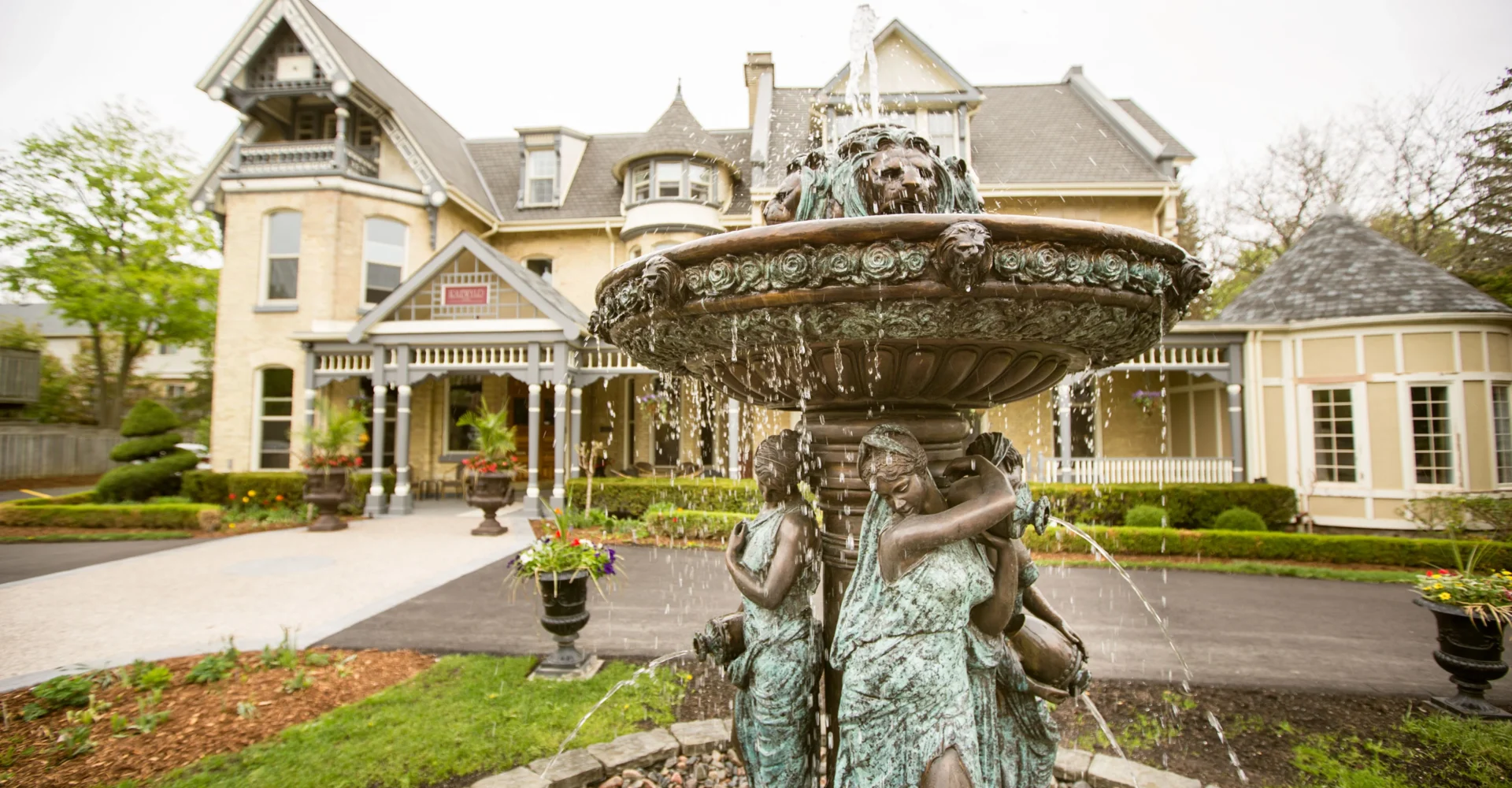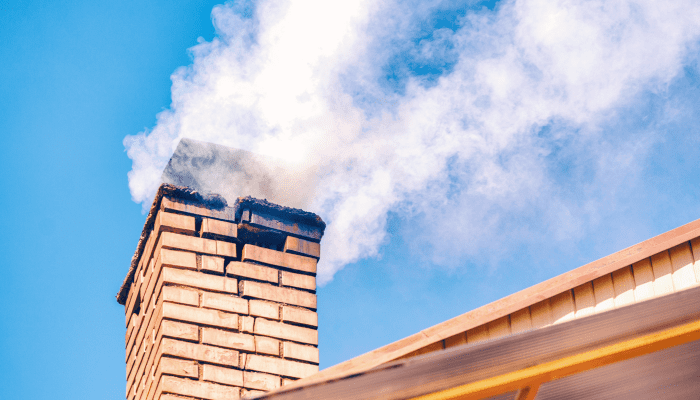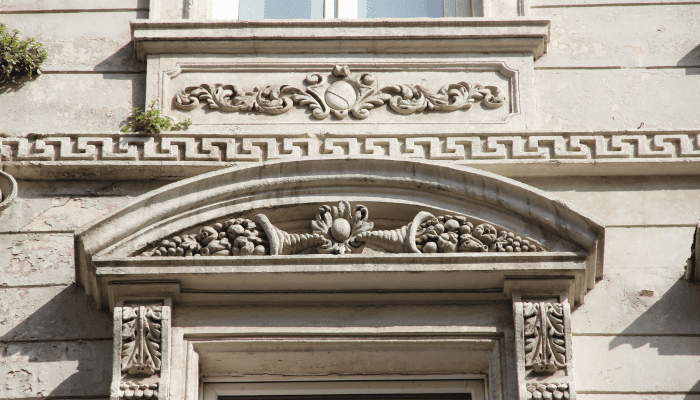In the heart of Southwestern Ontario, the city of London holds a distinctive architectural treasure—its yellow brick buildings. This golden-hued masonry not only stands as a testament to the region’s historical and industrial past but also continues to be a symbol of local craftsmanship and geological bounty. Let’s delve into the history and manufacturing process of yellow brick in London, Ontario, and explore why these bricks are more than just building materials—they are a piece of local heritage.
The Geology Behind the Golden Hue
The story of London’s yellow brick starts with its unique geology. The area is situated over deposits of clay with a high content of iron, which, when fired, gives the bricks their characteristic yellow color. These clay deposits were formed during the last ice age and are part of the larger Thames River Basin. The iron content not only influences the color but also enhances the brick’s durability, making it a favored construction material in the region.
Historical Significance
The manufacture of yellow brick in London dates back to the early 19th century, with the establishment of the first brickworks in the area. The industry flourished due to the readily available local clay and the growing demand for sturdy and fire-resistant building materials. By the late 1800s, London was known as a major brick manufacturing hub in Ontario.
The use of yellow brick became a defining feature in local architecture. Prominent buildings, including the iconic St. Peter’s Cathedral Basilica, the historic Idlewyld Inn and Eldon House, showcase the extensive use of this material, highlighting its importance in shaping the city’s architectural heritage. These structures not only embody the aesthetic qualities of yellow brick but also its enduring nature, standing strong against the test of time.
The Manufacturing Process
The process of making yellow brick during its heyday involved several steps, starting with the extraction of clay. The clay was then cleaned, ground, and mixed with water to form a pliable consistency. This mixture was molded into the desired shape of the bricks, either through hand-molding or using early brick-making machines.
Following shaping, the bricks were dried to remove excess moisture—a crucial step to prepare them for firing. The drying process typically took several days and was done either in open air or in special drying sheds. The final and most transformative stage was firing the bricks in a kiln. The high temperatures not only hardened the bricks but also activated the iron oxides in the clay, turning them into the beautiful yellow color synonymous with London’s historical architecture.
Modern Day and Preservation
Today, while the demand for new yellow brick has waned due to modern building materials and changing architectural styles, the legacy lives on through restoration and preservation efforts. Heritage conservation programs in London emphasize the importance of maintaining these historical buildings and facilitating the reuse of old yellow bricks in new constructions to preserve the city’s historical identity.
Moreover, local artisans and small-scale manufacturers continue to produce yellow brick, catering to niche markets that value the aesthetic and historical significance of this unique material. These efforts ensure that the art of making yellow brick, and its historical importance, are not lost to time.
Conclusion
The yellow brick of London, Ontario, is more than just a construction material; it is a hallmark of the region’s rich industrial past and a visible marker of its architectural heritage. As we walk through the streets lined with these golden-hued buildings, we walk through history itself, reminded of the skill, craft, and geological wonders that have shaped this charming Canadian city. Whether through continued use in construction or through preservation efforts, the legacy of London’s yellow brick is sure to be cherished for generations to come.





